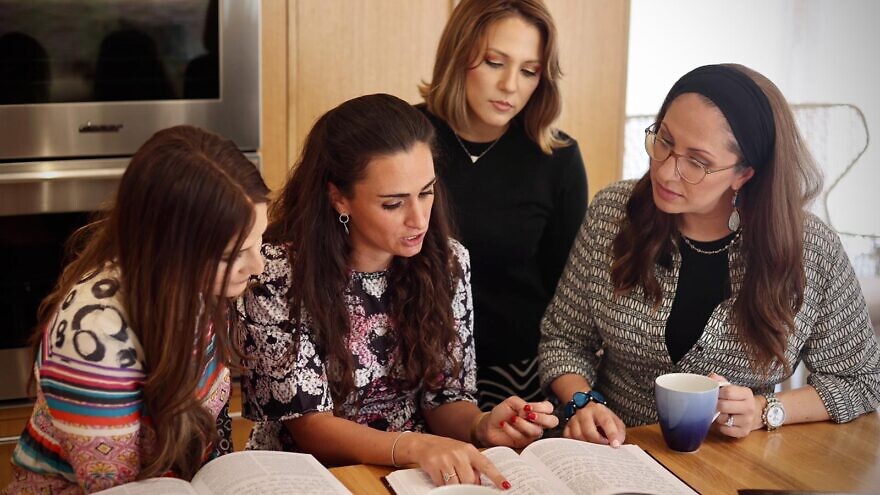The Jewish Life Photo Bank is releasing what they call the first-of-its-kind photo bank representing Orthodox Jewish life, including positive images of Jewish women and families. Chochmat Nashim, an organization that challenges trends in Jewish communities around the world through new and traditional media, hopes to shed light on the current norms that “exclude women and feed extremism, and targets the increasing erasure of women from publications, the exclusion of women from policy making decisions, poor health due to hyper-modesty, and the damage to the Jewish community as a result of these trends.”
For the project, more than 200 haredi and Jewishly observant volunteers and professionals, makeup artists, coordinators and organizers from the United States and Israel donated their time to have photos taken that will be available for download as stock images, housed on a site created by the organization. Jewish organizations, businesses, media outlets and advertisers will be able to pay for downloads or subscribe to the site when they sign a term of service that protects the individuals pictured and ensures that the photos are used in a positive or neutral manner.
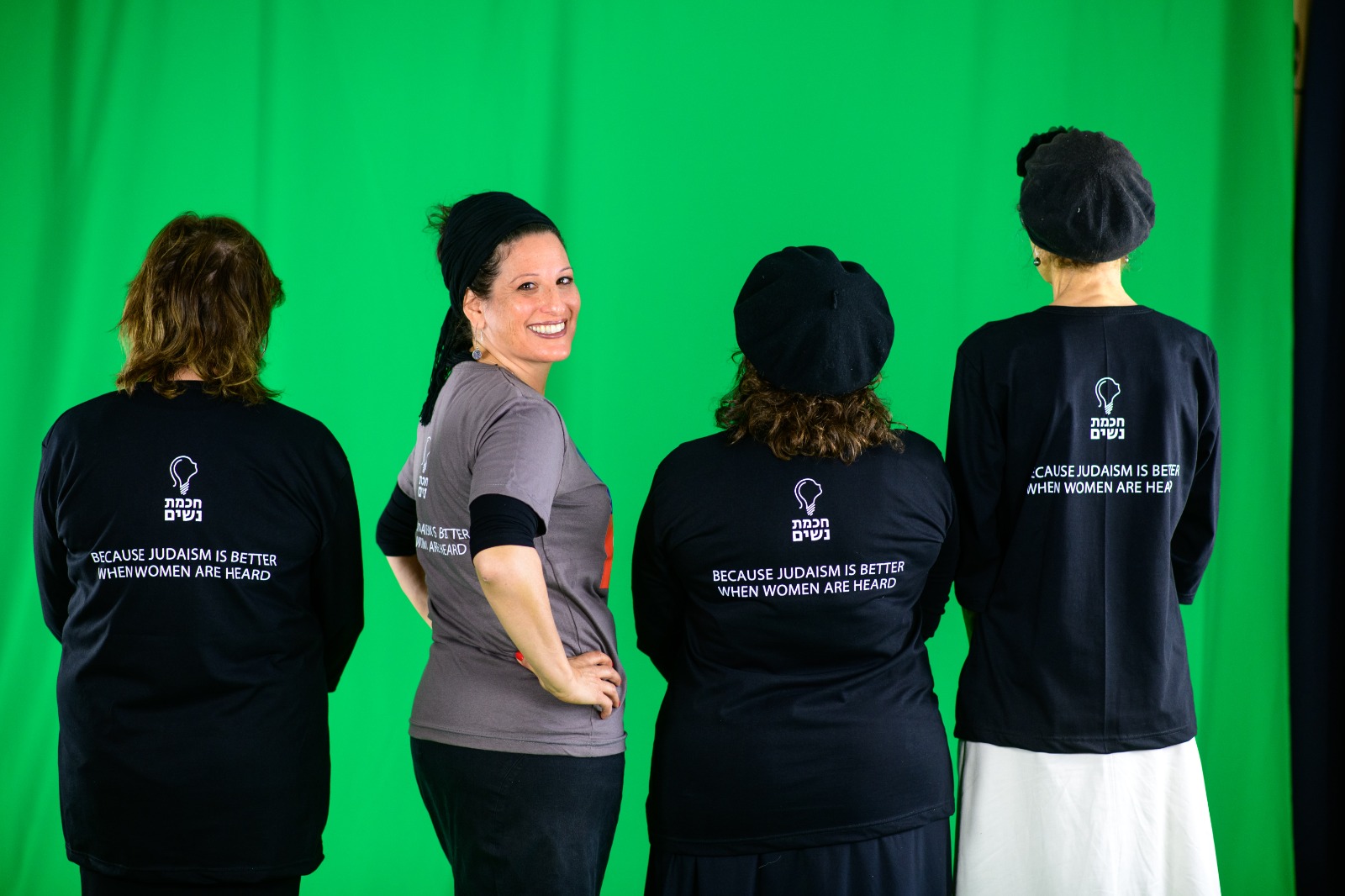
Living in Beit Shemesh, Keats Jaskoll became more aware of the issue in the past decade as she began noticing that women and girls were disappearing from posters, billboards and the pages of magazines. “I started looking around and understood it was something bigger than one person’s decision.”
“One day, my girls were told to go to the back of the bus because they’re girls … also in Beit Shemesh, extremists recently protested the opening of a girls’ school because they didn’t want one next to their neighborhood. It made me realize that if people who don’t agree with extremism don’t speak up, it will only get worse. It’s not only in Beit Shemesh, but you can also see this if you look at haredi magazines, at health clinics, even IKEA [promotions],” Jaskoll tells JNS.
In 2019, IKEA Israel was sued for gender discrimination when it released a catalogue marketed towards the ultra-Orthodox sector (representing 10 percent of Israel’s population) that excluded pictures of women and girls.
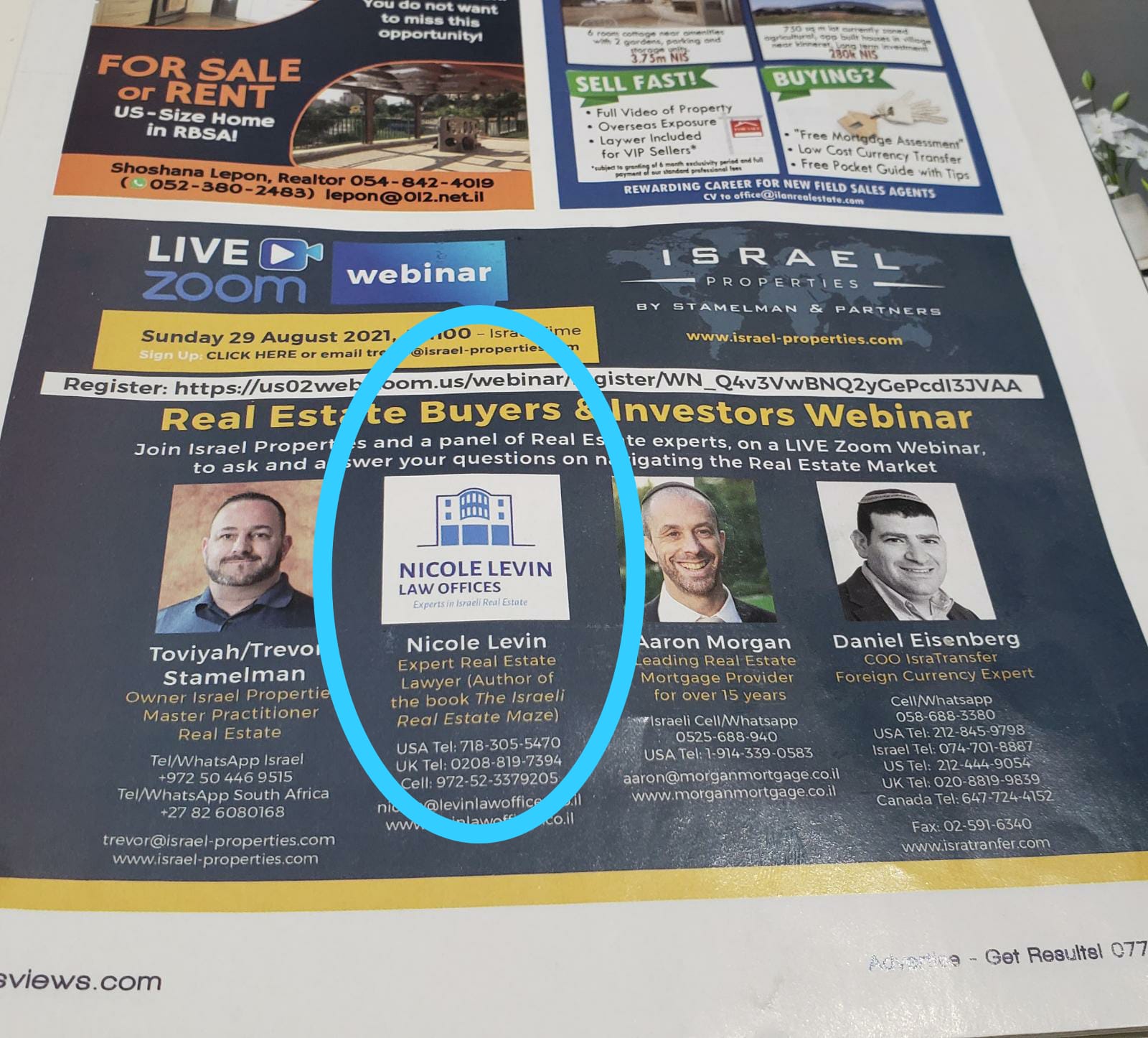
“This erasure does not just hurt women—it hurts men, families and the community as a whole,” says Keats Jaskoll. “Excluding women from the conversation harms their financial, health and religious rights. Women being excluded from the conversation and policy-making means that women’s needs are not being addressed, and that women’s potential contributions towards a better Jewish society are lost,” she says.
Showing various ethnicities, renormalizing women and girls in Orthodoxy, she continues, will counter these harmful norms within haredi society, as well as non-Jews who might view religious Jews as a monolith.
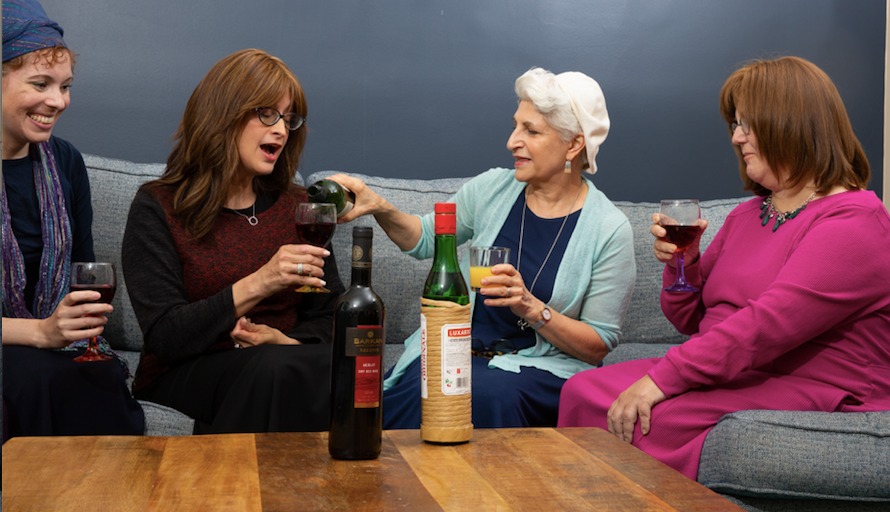
‘They can do and be whatever they want’
Gaby Shine, 51, was photographed with three generations of her family, including her mother and her daughter, who has Down syndrome. “I hope our photos will showcase the ability, beauty, contribution, connection and joy of Jewish women of all ages and abilities,” she tells JNS.
Working as an inclusion activist in Jerusalem, Shine notes that “the images we are bombarded with in our day-to-day lives have tremendous impact, both conscious and subconscious, on our views and expectations of the world, ourselves and each other. Whether we care about the media and those images or not, exclusion of any one individual, group or gender marginalizes them in our day-to-day interactions.”
For example, she says, “When people with disabilities are not ‘seen,’ they are invisible to us all and this creates the greatest barrier to their inclusion, the way people relate to them and their ability to be equal and contributing members of society. The same holds true for the exclusion of images of Jewish women.”
Kalanit Taub, 35, volunteered to take part in the photo bank project dressed in her emergency medical technician (EMT) uniform because she felt “it was important for women to have more representation, especially Modern Orthodox women.”
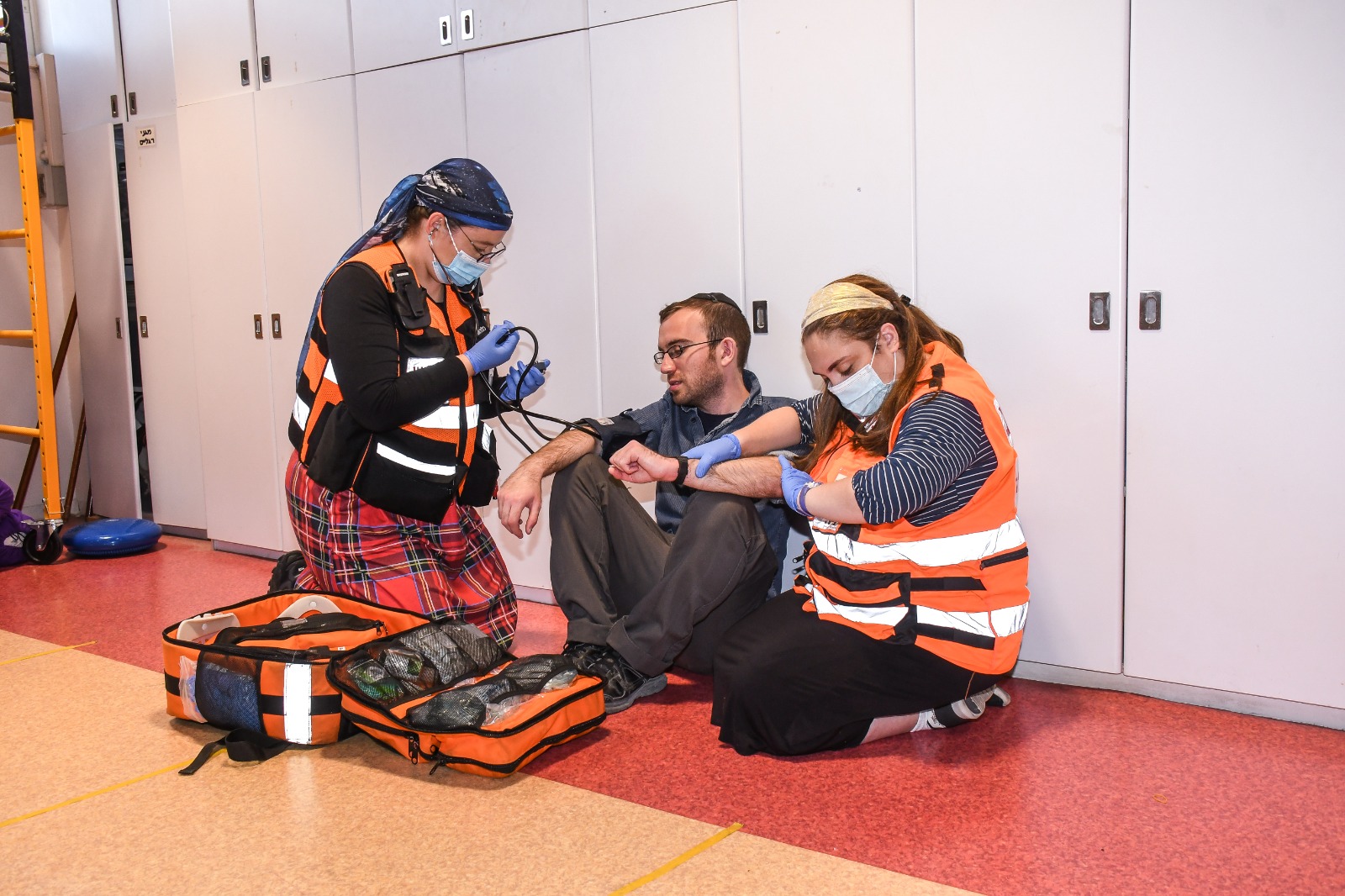
“Orthodox women are capable of doing whatever they want as an occupation,” she tells JNS. “EMTs, especially, are not something people think of as something an Orthodox woman does. As an EMT, you often see many difficult situations, such as drug overdoses, gunshot victims, mass casualties, etc. And yes, this is something Orthodox female EMTs are doing.
“Representation,” adds Taub, “is not just about understanding the community but also inspiring others so that they can do and be whatever they want.”
Volunteer Ali Tuchman, 39, was photographed in “lifestyle snapshots,” such as celebrating a birthday, participating in a Torah-study group, and socializing and engaging with other women through a variety of emotions and situations, including with her mother, who also volunteered.
“It was an uplifting collaborative experience,” Tuchman tells JNS. “This kind of authentic representation of Orthodox Jewish can restore balance to the trending extremes in current media of the erasure or exploitation of women.”


























